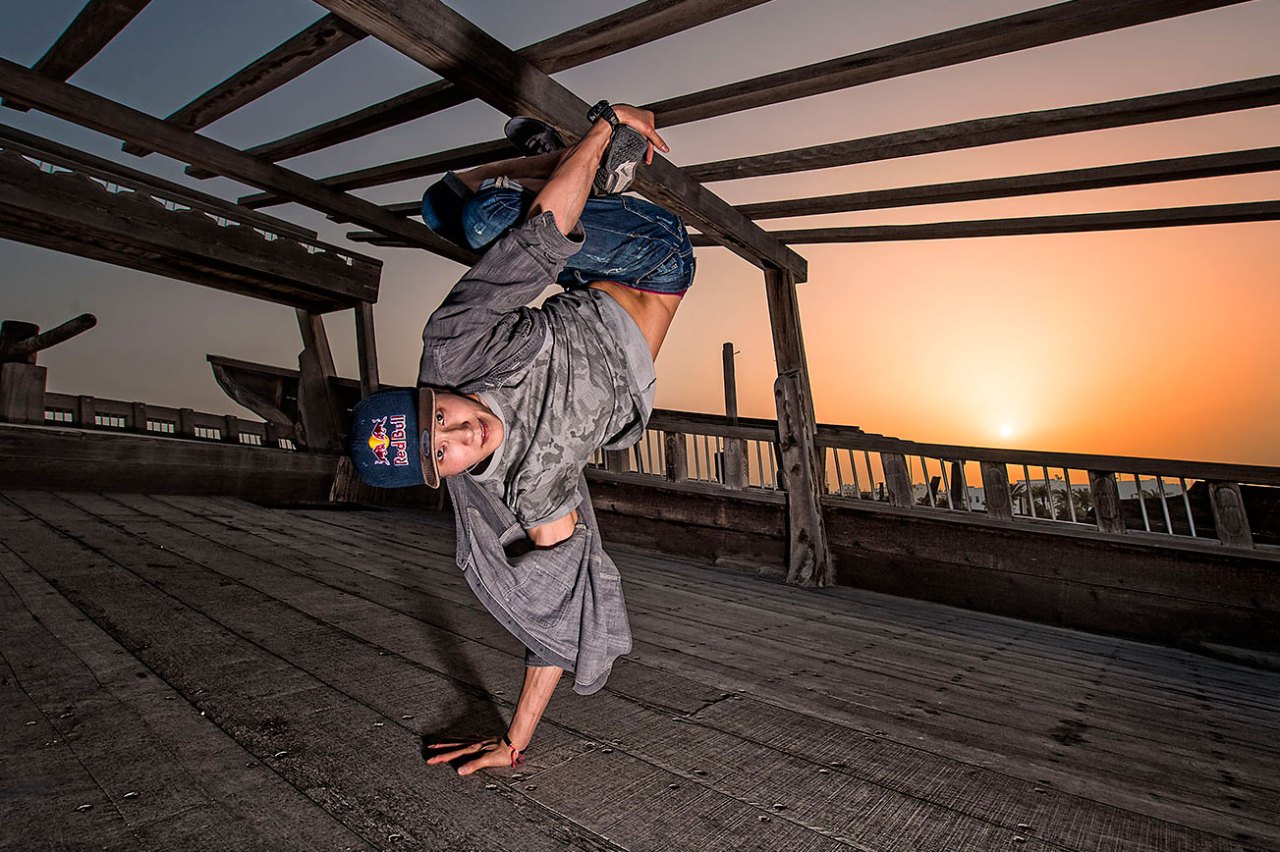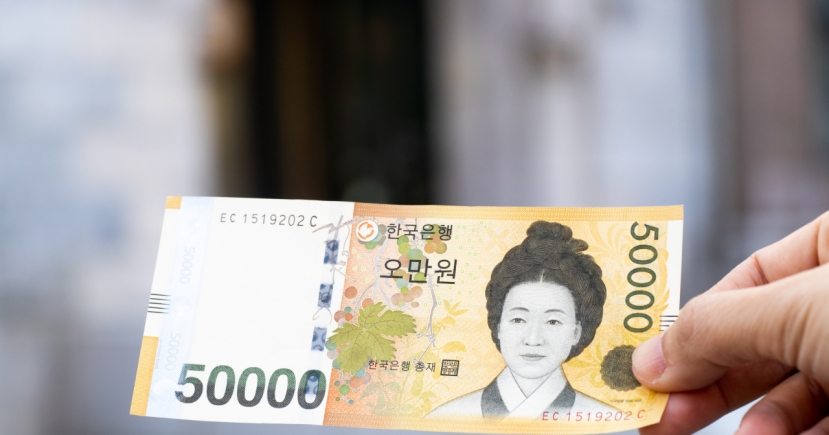Startups
Jinjo Crew on mission to make B-boying mainstream
Break dancing is rapidly growing into a global sporting competition
B-boying, or break dancing, has been around for decades. It started back in the late 1960s and early 1970s in New York City as a street performance subculture consisting of footwork, spinning and other acrobatic movements before gaining massive global popularity.
Along with hip-hop music, break dancing started to influence South Korean youth in the late ’80s, serving as a cradle for young performers. Among the greatest B-boy pioneers in Korea is Jinjo Crew. Formed in 2001, the band is the first Korean act to become a world champion in its genre. It has won the five largest competitions including Red Bull BC One in 2008, the Battle of the Year in 2010 and the UK B-Boy Championships in 2012.
Jinjo Crew hopes its track record will help B-boying gain a footing in Korea, where the art is still underrated with many still dismissing it as something for kids or as a worn-out trend from decades past.
 |
Jinjo Crew art director Kim Heon-woo, also known as B-boy Wing.(Jinjo Crew) |
“Some people regard B-boying as an old onetime fad that no one enjoys anymore,” said Jinjo Crew art director Kim Heon-woo, also known as B-boy Wing, in a recent interview with The Investor. “They couldn’t be more wrong. It is here to stay and will become a mainstream culture.”
Break dancing seemed to have caught on here after several local crews swept world championships, but the attention has died down and many of the big-name Korean teams have disbanded.
Perceptions of break dancing also play a role -- there’s a widespread belief that break-dancers have trouble making ends meet. For many young wannabe B-boys and B-girls, getting permission from their parents is often the toughest hurdle.
In a similar vein, Kim and his elder brother and B-boy Skim, or Heon-jun, are the only remaining founding members of Jinjo as many have left the team. The two have lost touch with most of their former bandmates, who were close friends. Despite that loss, the brothers are trying even harder to prove that becoming a professional B-boy dancer was the right choice.
“Many who gave up B-boying often regret their decision, since break dancing is still their favorite activity,” said B-boy Wing, who has been dancing for the past 20 years. “Being able to do what you really like is more important than making a fortune.”
In a bid to keep the crew together even in difficult times, Wing and Skim are running the group as a for-profit corporation. Each of the 15 professional break-dancers plays a dual role in the company -- one doubles as a graphic designer, for instance, and another as a social media manager.
As for the brothers, Skim is in charge of business operations while Wing focuses on the artistic aspects of the band’s work, especially choreography.
After working at the office from 9 a.m. to 6 p.m., the B-boys start practicing for at least three hours together. When a competition nears, they practice way into the wee hours of the morning.
With the backing of Bucheon City Government, the band organizes the international B-boying festival BBIC in September every year. In May, it will partner with energy drink firm Red Bull to run a regional contest: the Red Bull BC One in Seoul.
In late February this year, Jinjo Crew won first prize in the performing arts sector at coworking space firm WeWork’s Creator Awards competition for startups, artists and nonprofit organizations.
B-boying to find groove in 2024 Summer Olympics
With break dancing expected to be included in the 2024 Summer Olympics in Paris, chances are good that it will gain momentum once again, especially in Korea.
Considering that Kim and his team are globally top-rated, according to B-boy ranking site bboyraknigz.com, a medal is clearly within reach.
Korea may even witness the emergence of a new star in the B-boy scene who can follow in the footsteps of Olympic figure skating champion Kim Yuna -- the youngest person to be inducted into Korea’s sports Hall of Fame, in 2016.
According to Wing, the judges in a break dancing contest usually score based on five categories -- foundation, originality, dynamics, execution and battle.
 |
Jinjo Crew art director Kim Heon-woo, also known as B-boy Wing. (Jinjo Crew) |
The judges look at competitors’ basic skills in the foundation category while they decide the difficulty of the moves in the dynamic segment. They are also evaluated on how perfectly they execute their moves and on how well they respond to challenges from opponents. This judging system, which has been honed by professional dancers for years, will likely be adopted in the Olympics, according to the top Korean break-dancer.
To fully enjoy breaking showdowns, the audience should know there are more than just dance moves, said Wing. Onstage, opponents often play mind games too -- for example, slapping the stage floor with their hands when their opponents make mistakes, or pointing to their ears, which means listen to the music.
The inclusion of break dancing in one of the largest sporting events is likely to help more people enjoy it.
“There are hundreds of B-boy moves, and, as a beginner, you do not have to master extremely difficult acrobatic moves,” said the Jinjo Crew founder. “Just by doing some basic moves, which are important to move up to the next level, you can easily enjoy the dance and get rid of stress,” he added.
Aiming to bring the culture closer to the public, the group is preparing a stage performance that runs longer than an hour, as compared with the current 10-20 minutes.
By Kim Young-won (wone0102@heraldcorp.com)






![[KH Explains] Korean shipbuilding stocks rally: Real growth or bubble?](http://res.heraldm.com/phpwas/restmb_idxmake.php?idx=151&simg=/content/image/2024/04/25/20240425050656_0.jpg)
![[Hello India] Hyundai Motor vows to boost 'clean mobility' in India](http://res.heraldm.com/phpwas/restmb_idxmake.php?idx=151&simg=/content/image/2024/04/25/20240425050672_0.jpg)
